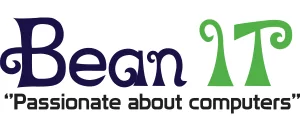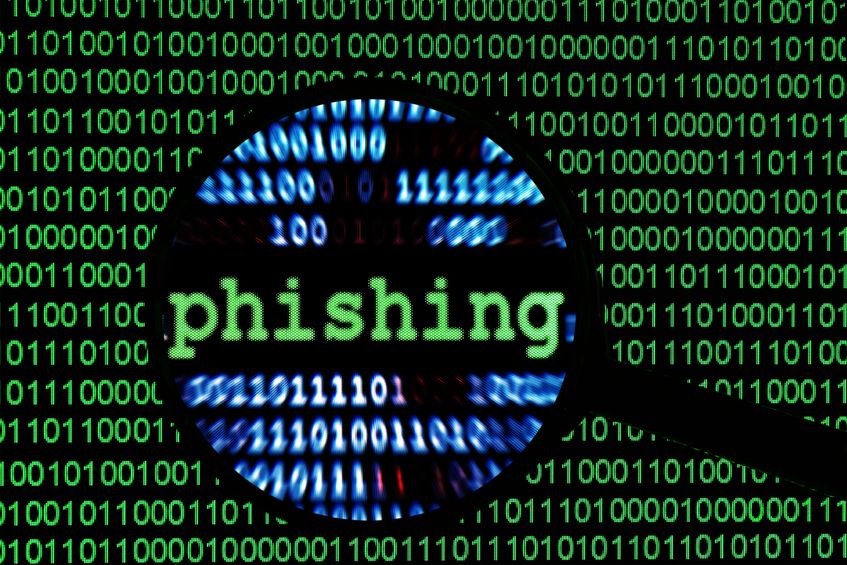The Best Ways to Prevent Spam on your computer, laptop or tablet
Ever since the dawn of email there have been spam emails that take up a large amount of email space. These nuances try to sell you a range of unwanted products and services. For most people receiving these emails, it can be very annoying as it populates their inbox with emails they don’t want to read. Fortunately for end users, there are spam filters to help prevent spam. Basic spam filters come with most web browser based email services. If you are using a separate email client you can use a third party spam filter. Read more




